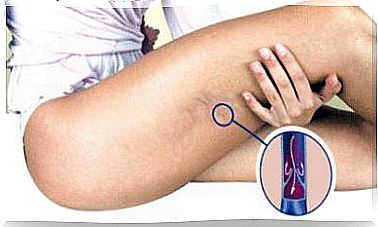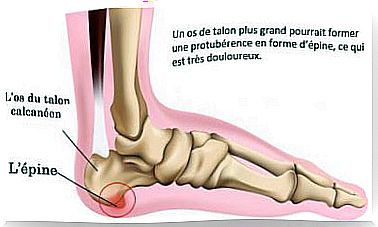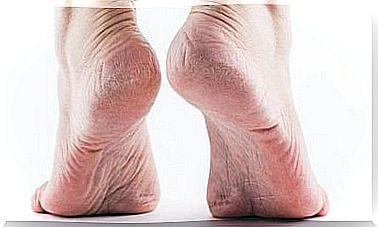Why Does Hair Fall Out More Often In The Fall?
It is clear that hair falls out more in the fall, but this should not be a cause for concern as it is not the consequence of any deficiency or problem. This is a completely normal process, which does not actually cause hair loss, but hair renewal.
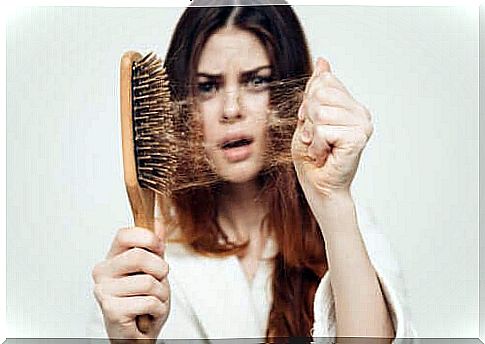
We all notice that hair falls out more in the fall, but that shouldn’t be a cause for concern. This is completely normal, because just as the leaves fall from the trees, the hair also undergoes a process of renewal during this stage.
If hair falls out more in the fall, it’s because it’s part of the mammalian heritage that we once were. In fact, all mammals lose some of their hair during this time of year. Once this step is taken, everything returns to normal.
The process by which hair falls out the most in the fall is called “seasonal hair loss”. It affects everyone, but usually people with long hair notice it more. Some people are afraid of it and buy vitamin supplements or tonics, but it is not really necessary or effective.
Hair loss
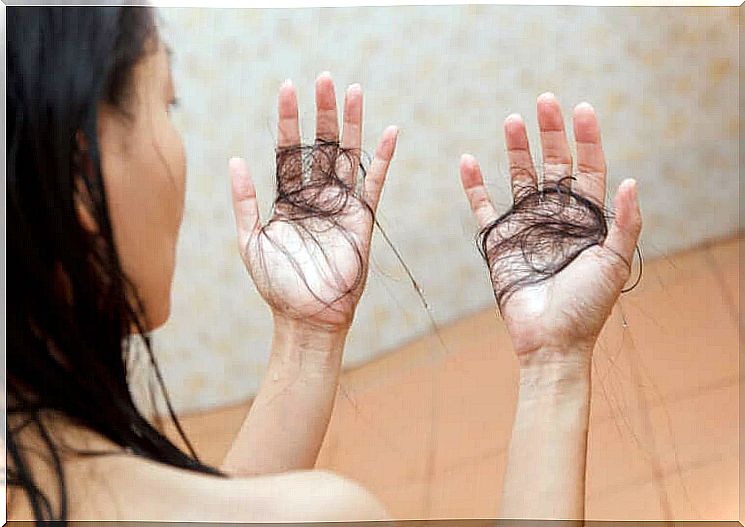
Whatever the season, all human beings, men and women, continually lose their hair. Under normal conditions, 12 to 15% of the hair we have is still renewing itself. This results in the loss of 80 to 100 hairs per day.
This means that in about 4 years we are renewing all of our hair. However, there are times when the loss is greater. In general, hair falls out more often in the fall, but it is not uncommon for something similar to happen in the spring.
There is only one exception to this process, which is newborns. Babies first have a kind of coat that completely falls off when they are three or four months old. Then the real hair appears.
Why does hair fall out more often in the fall?
In principle, all mammals are conditioned by evolution to change their coats in order to face winter. Cold weather requires a new coat to cope with low temperatures. This is the number one reason why more hair falls out in the fall.
Likewise, hair loss is due to the natural physiological renewal of the hair, associated with the seasonal factor. Usually the hair dies in the spring, but it takes up to three months for it to fall out, and this coincides with the fall. That is why at this stage the hair loss is maximum.
On the other hand, the variation of light and the number of hours of sunshine influence hair loss. These factors cause a variation in the secretion of melatonin and prolactin. The consequence is a modification of the telogen effluvium of the hair which gives rise to its fall.
Myths and Truths About Falling Hair Loss

There is a whole host of myths about fall hair loss. It is said, for example, that it affects women more than men, which is not true. What happens is that women tend to have longer hair and therefore notice the variations more.
It is also said that you should brush your hair more gently to avoid losing it or that hair loss will stop if you don’t pull it out. Both of these statements are false, because the hair that falls out is practically loose. Hair that is not falling out has its root half a centimeter below the scalp and is very difficult to pull out.
Some people also claim that taking a vitamin supplement prevents hair loss in the fall. This is also wrong, because this process is not due to a deficiency, but to a completely natural physiological change.
When to worry
Although we are talking about seasonal hair loss, in reality it is not loss, but renewal. Hair lost in the fall will reappear after three or four months, without any treatment or routine being necessary. If a hair falls out, there is already another one growing.
It is best to wash your hair frequently and brush it daily. Thus, the hair will fall out little by little. If you only brush your hair every now and then, there will be loose hair that will accumulate and look like it has fallen out more than normal.
Hair loss in the fall should only be a cause for concern if it is detected to be extreme. This is also the case when hair loss continues to occur after the end of the season. In this case, it is best to go to a dermatologist to assess the situation.
